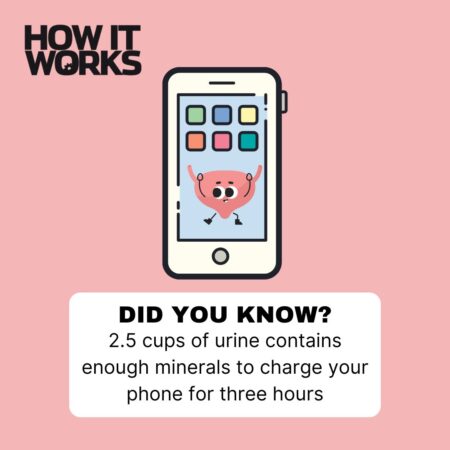How Bell’s telephone worked
Alexander Graham Bell’s original telephone, patented in 1876, worked by converting sound into an electrical signal via a ‘liquid transmitter’. This process centred around directing sound through a receiver and onto a thin membrane stretched over a drum.
 On the outside of the membrane a cork with a needle attached to a battery extended to a cup filled with sulphuric acid and a metal contact. When sound waves hit the membrane, it caused vibrations, varying the strength of the current passing between the needle and the contact.
On the outside of the membrane a cork with a needle attached to a battery extended to a cup filled with sulphuric acid and a metal contact. When sound waves hit the membrane, it caused vibrations, varying the strength of the current passing between the needle and the contact.
This created a varying strength electric signal that travelled down a wire to a receiver, where through a reversed process, the sounds were re-created. While not the only person to make a telephone at this time, Bell was the first to transfer his invention into a commercial product with a supporting network of exchanges and switchboards, etc.




